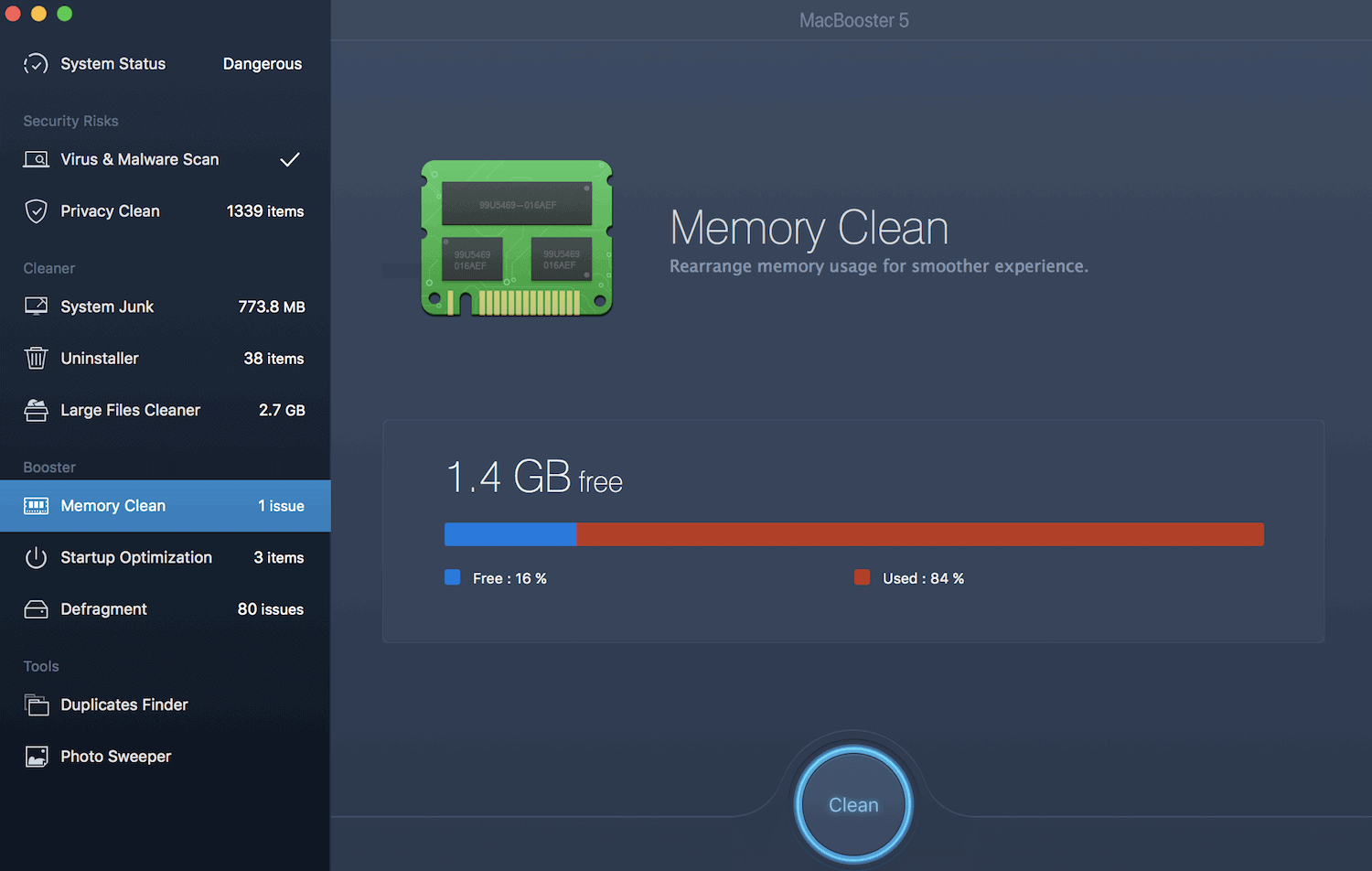Welcome to the Mac world! Well, unlike Windows operating system, macOS does NOT have (or use) Registry. Thus there is no registry cleaner on Macs. If you find one that claims it does, beware that the app is probably a scam. As for apps to keep your Mac clean and fast, you can try — an excellent disk cleaner utility that automatically detects unnecessary junks, and by removing them, you can free up a lot of disk space and increase system performance. In case you are interested, here's some information you can familiarize yourself along your Mac journey. Windows Registries vs Mac Preference Files On a PC, the Registry is a database that saves relevant settings and preferences for Windows operating system and third-party programs you install.
Its users backup the registry before making any changes to them. Over time, after a number of software installation and uninstallation processes, the registry may become broken or outdated.
The Registry Cleaner will remove entries for non-existent applications, and it'll also fix invalid or corrupted entries. You'll probably find your computer starts much more quickly too! CCleaner as a Registry Cleaner. The great news is that CCleaner contains one of the most used and respected Registry Cleaners on the market today. Registry cleaner free download - DL Cleaner, Registry Cleaner, Dr. Cleaner, and many more programs. Best Video Software for the Mac How To Run MacOS High Sierra or Another OS on Your Mac Best.
Typical symptom is that you see some error messages popping up when you try to access specific programs. Mac OS X (also called macOS since Sierra) is based on Unix, which doesn't have or need a registry. Instead, all the rules or parameters of third-party apps you've installed are stored in Mac's Preference Files (in.plist format). You can easily find these preferences files within your apps' contents.

Learn the complete story of Preferences Files from. The similarity macOS Preference Files shares with Windows Registries is that those preferences can also become corrupted due to events such as application crash, hard drive corruption, or sudden blackout, etc. What to do if system preference files are corrupted on Mac? Just delete them! Don't get me wrong, deleting preference files is the best solution to fix the problem and the action is totally harmless.

Because anyway macOS itself will automatically create new preference files for the apps and make them operate correctly again. So how to delete a problematic preference file?
The manual method is to find the file first, then drag it to the trash and emptying trash. On your desktop, click Go Computer (your username) Library Preferences, locate the right.plist file and delete it.
Watch this video if you are unsure how to do.
CCleaner for Mac scans your system to remove all kinds of files that can slow your Mac down and then removes the items you want. Through this app's intuitive interface, you can select where to scan, and then view the type and number of items the scan detected before they are deleted. Pros Category organization: When you select items to scan, and when you view your results, items in this app's interface are organized by category. That means you can find what you're looking for quickly, and you know exactly what you're looking at when you browse through the scan results.
Uninstall panel: In addition to the scanner and cleaner, this app also features an Uninstall Panel that makes removing programs from your Mac a snap. Just select the program you want to get rid of and click the 'Uninstall' button, and the app takes care of the rest. Cons No individual selection: Once you've selected the areas you want to scan, you can't deselect items in the scan results. If the program comes back with files you're not sure you want to delete, you'll have to uncheck that entire category and run the scan again before you can proceed with deletion. Bottom Line CCleaner is a smooth-running free program that helps your Mac run as efficiently as possible. While the lack of choice in the files that are deleted is somewhat of a drawback, there are ways around it.
Mac Os Registry
And there are a lot of great features packed into this app that make it worth trying out.